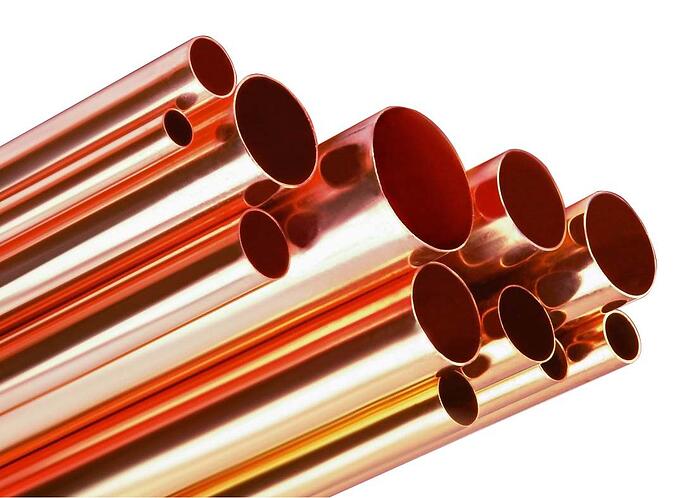
When the move was first made from using lead pipes in homes to copper plumbing, it was thought that these pipes would last much longer. Most experts predicted that these pipes would continue to work well for up to 20 to 25 years. There are two factors that were not considered by these experts, however: the quality of the copper pipes and the quality of the water.
For the most part, copper plumbing quality has been acceptable and has not resulted in early breakdown of the pipes since its adoption. However, homes built in 2004 and later that used copper plumbing pipes shipped from China have experienced some issues with their build quiality. Just as we came to hear about the dangers of Chinese drywall, it is also becoming evident that much of their copper plumbing is also defective. Homes are experiencing failures as early as 2 years after installation, resulting in the need for entirely new plumbing systems for those homes. Although this piping is not being shipped into the country at the rate it once was, it is still available, so new home builders should be careful that it is not being used in their home.
The next issue regarding copper plumbing is the quality of the water. If your water contains many minerals (hard water), it can result in buildup in the pipes and lead to pinhole leaks as early as two years after installation. Water chemistry is very important to understand, and getting your water tested and putting in a water conditioner just might save you the expense of replacing your plumbing system far sooner than expected.
So if you are in the process of building a new home or replacing an old plumbing system, what should you do to prevent the issues associated with these copper pipes? First, check the quality of those pipes, as copper is still the standard for piping and can offer a long-lasting plumbing system if the pipe is well made. Obviously be warry of copper pipes manufactured in China, but regardless of the manufacturer be sure to do your research now to save yourself from headaches and expenses later.
If you are looking for another option, a growing number of homes in the US have started using Polypropylene Pipe.
Best for water safety: Polypropylene pipe (PP)
Strengths: It hasen't gotten much attention in the U.S. until recently, but PP has a 30-year history in Europe, where it enjoys an unblemished record for durability and health safety. It’s a rigid plastic pipe, like CPVC, but it’s not joined together with chemicals. Instead, heat is used to melt the mating ends and fuse them permanently together.
Enviro factor: If you want to go green, this is the best option. There are no safety concerns about chemicals leaching from PP, and there’s no reason the pipes shouldn’t last practically forever. PP is the future of water pipes.
Cost: Installing it requires specialty tools that are cost-prohibitive for a small DIY plumbing project, but that aren’t a burdensome investment for a professional plumber who’ll use them again and again. $110 for 100 feet.
Because many homes' pipes are under slab and unseen, it isn’t always immediately apparent when there is a problem with copper plumbing. There may be obvious water leaks or there just may be higher than normal water bills. Many plumbers are equipped with testing devices that can locate water leaks, so if you are concerned you may have a problem, you can schedule a service visit to find out for sure. If you need help with your personal plumbing system, give Warner Service a call to have a Qualified Technician inspect and address your plumbing needs.

